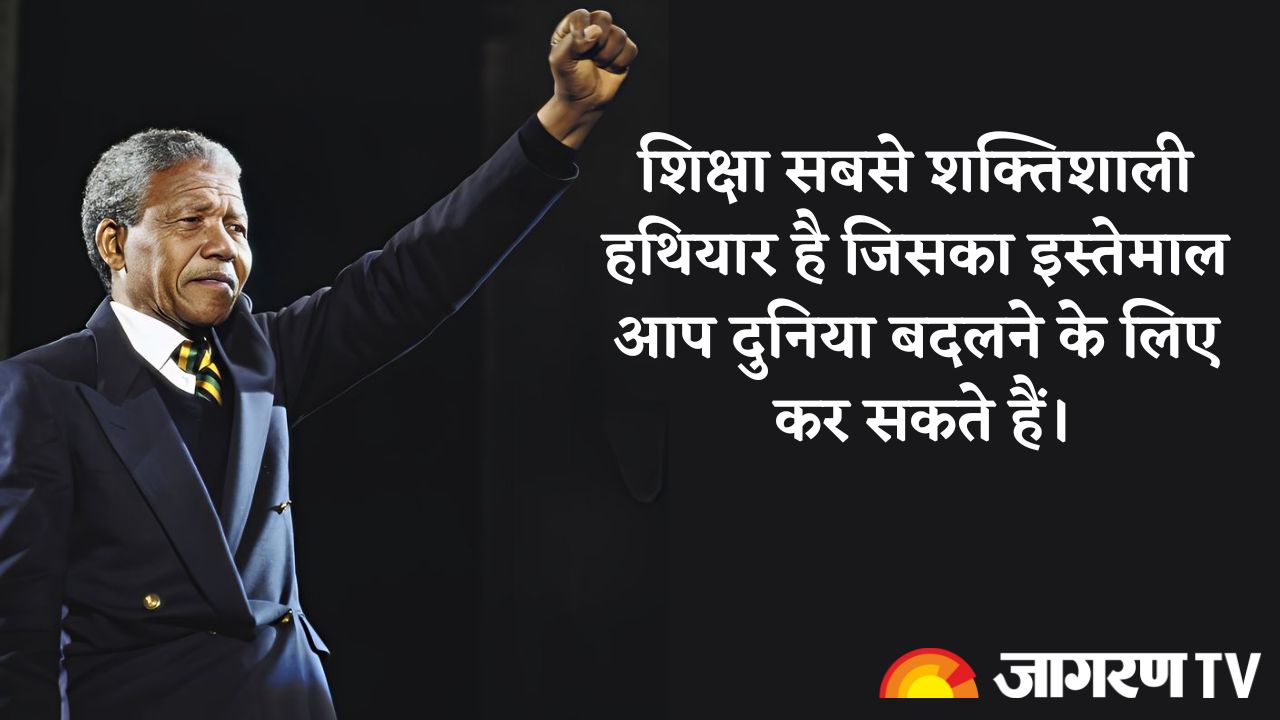The Story of India's 1st Railways: Complete History and some interesting facts.
The Complete Story of India’s 1st Train: The History of Indian Railways
A Journey between Bombay to Thane
On 16 April 1863, the first passenger train ran between Bori Bunder (Bombay) and Thane, covering a distance of 34 km. It had fourteen carriages and was hauled by three locomotives namely, Sahib, Sultan, and Sindh. It started from Bori Bunder around 15:30 carrying 400 passengers One day a large crowd gathered at the station and with huge applause, the train began its journey. To show respect with a formal sign, a 21-gun salute was also given. It arrived in Thane around 16:45 completing the distance in 1 hour and 15 minutes approximately.
Dating back to those days British authorities started the railways in India for lowering transport costs and facilitate trade and commerce. The introduction of railways in India opened the Indian market to British manufactured products such as cotton textiles. But this idea initially came to Mr. Geaorge Clark who was the chief engineer of the Bombay government. He wanted to connect Bombay to Thane, Kalyan, Thal, and Boreghato.
When did the first passenger train start in the Eastern, Southern, and Northern regions of India?
On 15 August 1854 first passenger in eastern India started from Howrah(West Bengal) whose destination was Hoogly in West Bengal. The distance was around 39 km. This marks the initiation of railways in the Eastern India region.
On 1 July 1856, the first train in the Southern region started between Veyasarapady (Madras) toWallajah Road in Arcot. It covered a distance of 97 km approximately.
In the northern region of India, the first passenger train began on 3 March 1859 from Allahabad(Utter Pradesh) to Kanpur(Uttar Pradesh). The distance of the whole journey was around 119 miles. The network between Hathras Road and Mathura Cantonment began 19 October 1875 which immensely helped in easing out transportation and conveyance.
Some interesting facts related to Indian Railways
The first railway workshop was established in 1862 in Jamalpur, near Munger of Bihar. It also established its own Iron and Steel Foundry as there was limited industrial development at that time. Most importantly, The Jamalpur Workshop has commissioned the first Rolling Mill in Asia.
The foundation of the Delhi Junction was established in 1864. It is the oldest junction in the city. It was established near the area of Chandni Chowk and from then onwards it is amongst the most important junctions of the country.
Another important railway station was Lucknow. It was the headquarters of two cities, Awadh and Rohilkhand in Uttar Pradesh. The first line between Lucknow and Kanpur was started in April 1867.
In the year 1880, Darjilling Steam Tramway(now Darjilling Himalayan Railway) was inaugurated. The train started between the stations of Siliguri and Kurseong in 1881. It got recognition as World Heritage Site in 1999 and became the only train that got such acclamation in the whole of Asia.
The introduction of railways revolutionized the system of traveling, transportation, commerce, and trade in India. It was one of the greatest signs of progression and development. The railways till today's date hold up its paramount importance in our country.
Related videos
-
National Mango Day 2025: Where was Mango First Cultivated? Interesting Facts About The King of ...
-
Yakten: जानें सिक्किम में भारत के पहले डिजिटल घुमंतू गांव के बारे में ...
-
International Nelson Mandela Day 2025: आज़ादी और सफलता के लिए नेल्सन मंडेला के ...
-
Monsoon Health Tips: Skin Allergies During Rainy Season, Causes, Symptoms, Treatment, and More ...









